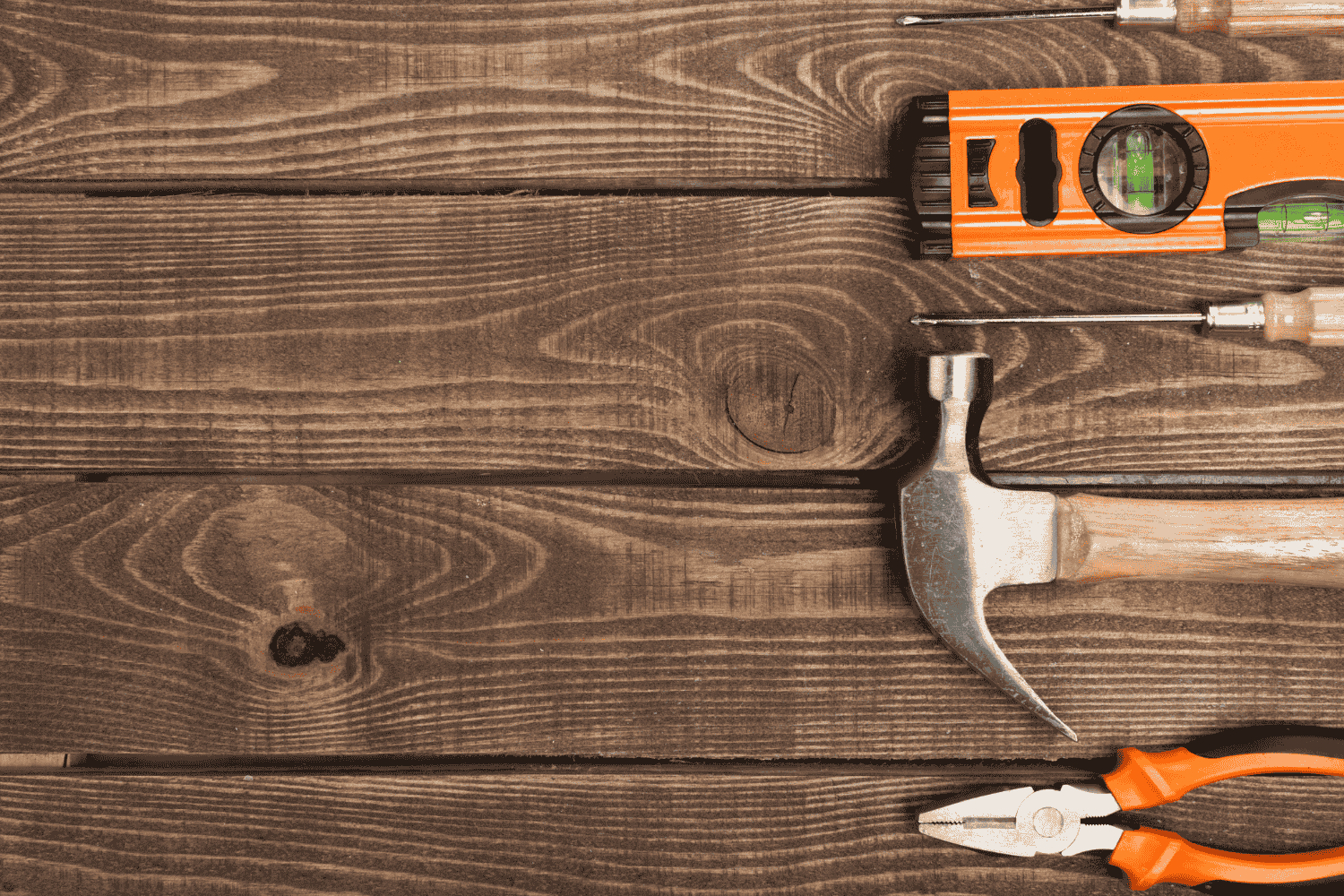Identifying the source of a roof leak requires thorough inspection both inside and outside the home, focusing on areas like the attic, roof joints, and flashing. The article will walk you through implementing temporary fixes such as using tarps and redirecting water to minimize damage until professional repairs can be made. It also stresses the importance of regular maintenance and timely inspections to prevent future leaks, alongside upgrading to high-quality roofing materials.
Identify the Source of the Leak

When dealing with roof leaks, the first step is to identify the source of the leak. This can be more challenging than it sounds because water can travel several feet from where the leak starts before it drips through the ceiling. Tracing the water’s path to its entry point on the roof is necessary to address the issue effectively.
Begin by inspecting both the interior and exterior of your home. Inside, check the attic for puddles or water stains, which can give you clues about the leak’s location. Outside, look for damaged flashing around roof joints, chimneys, dormers, skylights, and vents.
If you’re comfortable and it’s safe to do so, inspect the roof directly for visible damage. Safety should be a priority—do not inspect the roof alone and ensure stable footing.
Inspect Roof from Inside and Outside
Start your inspection inside the house, particularly in the attic. Equip yourself with a flashlight to spot moisture or dark shiny spots, which are telltale signs of roof leaks. Pay special attention to the corners, roof joints, valleys, and areas around chimneys. If you have access to the attic, examine the area corresponding to where the leak appears on the ceiling below. Remember, water doesn’t travel in a straight line; it moves downward to the nearest joint.
Outside the house, ensure safety by wearing solid shoes with rubber soles and good traction. Consider using a safety harness if your roof is more than ten feet high. Inspect common areas for visible damage, such as missing or damaged shingles, and check for any signs of roof leaks around roof joints, valleys, and vents.
Check Roofing Material and Components
Once you’ve inspected the roof from both inside and outside, it’s time to check the roofing material and components. Ensure that your shingles are lying flat and none are missing, as this can expose your roof to leaks. Examine the areas of flashing carefully. Pay attention to any sections that seem out of place due to missing nails or are lifted because of dried and cracked caulking.
If you notice any of these issues, it’s a sign that your roof’s integrity is compromised and needs roof repair. Professional roofing companies can help you assess the extent of the damage and recommend the best course of action to prevent further leaks.
Temporary Fixes to Prevent Further Damage
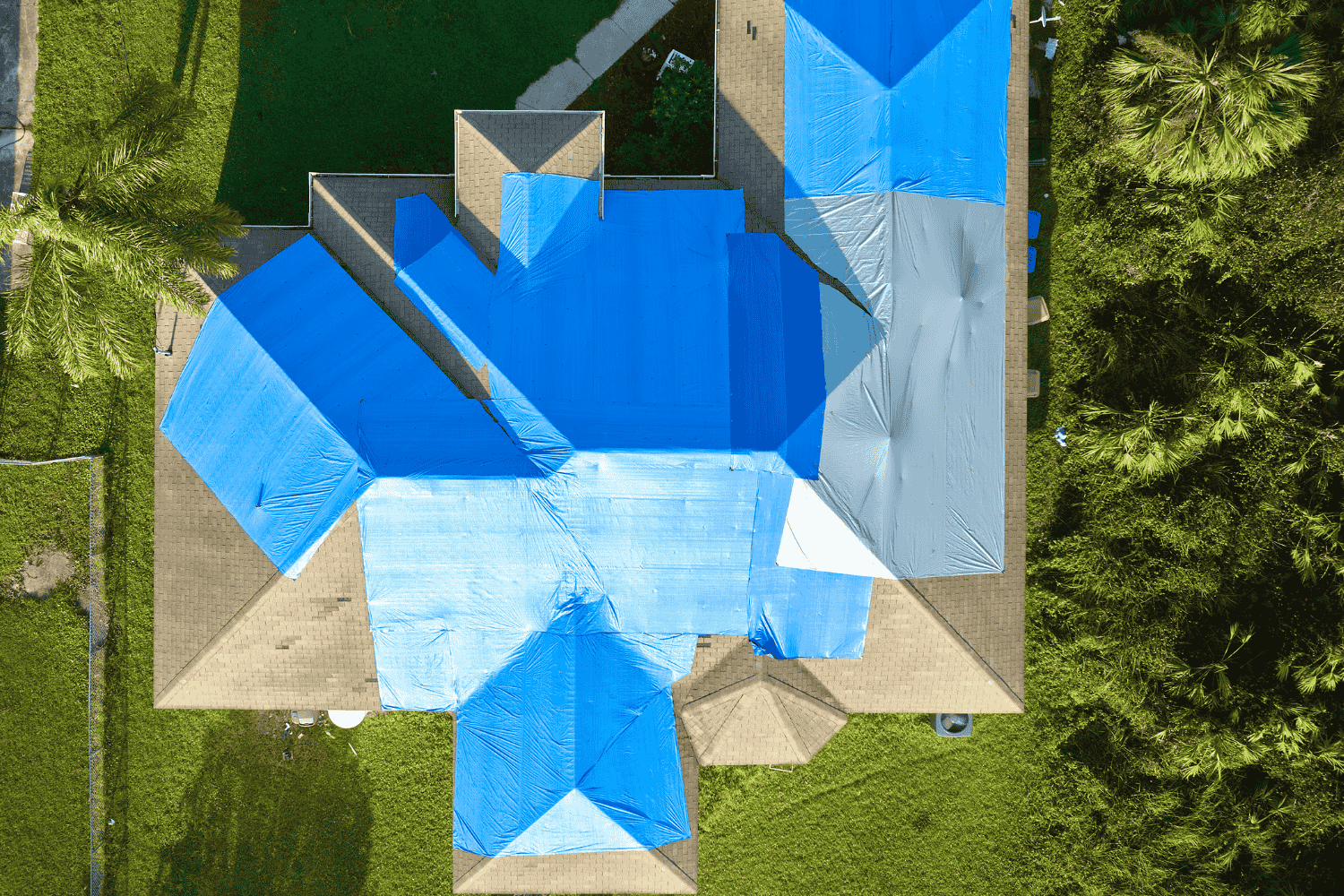
When you first notice a roof leak, it’s essential to act quickly to prevent further damage. Temporary fixes can help you manage the situation until professional roof repairs can be made. Start by moving or covering personal items and important belongings to protect them from water damage. Place buckets or other containers to catch any leaking water and prevent it from spreading.
In the attic, you can create a barrier against water by laying plywood across the joists and placing a bucket on top. Regularly empty containers to prevent overflow and manage the leaking water effectively. These temporary measures will help minimize damage and buy you time to implement more permanent solutions.
Use a Tarp or Plastic Sheet
One of the most reliable temporary fixes for roof leaks is using waterproof tarps. Cover the entire damaged area without gaps to prevent further water intrusion. Secure the tarp using roofing nails, and for added stability, sandwich the tarp between two wooden boards and nail them together.
Use a tarp at least six millimeters thick to properly cover the roof leak. A tarp extending at least four feet beyond the problem area is recommended for ample coverage. Periodically check for water pooling within the tarp to maintain its effectiveness.
Redirect Leaking Water
Another effective temporary measure is to redirect leaking water away from critical areas to minimize damage. Position a container below the leak. This will help catch the water that is dripping. To further manage the leak, you can create a bottle funnel using an empty plastic jug, a hose, and duct tape to direct water outside the house.
This method helps reduce water pressure on the ceiling and walls and prevents serious water damage. This simple method manages roof leaks until a professional can address the issue.
Common Causes of Roof Leaks
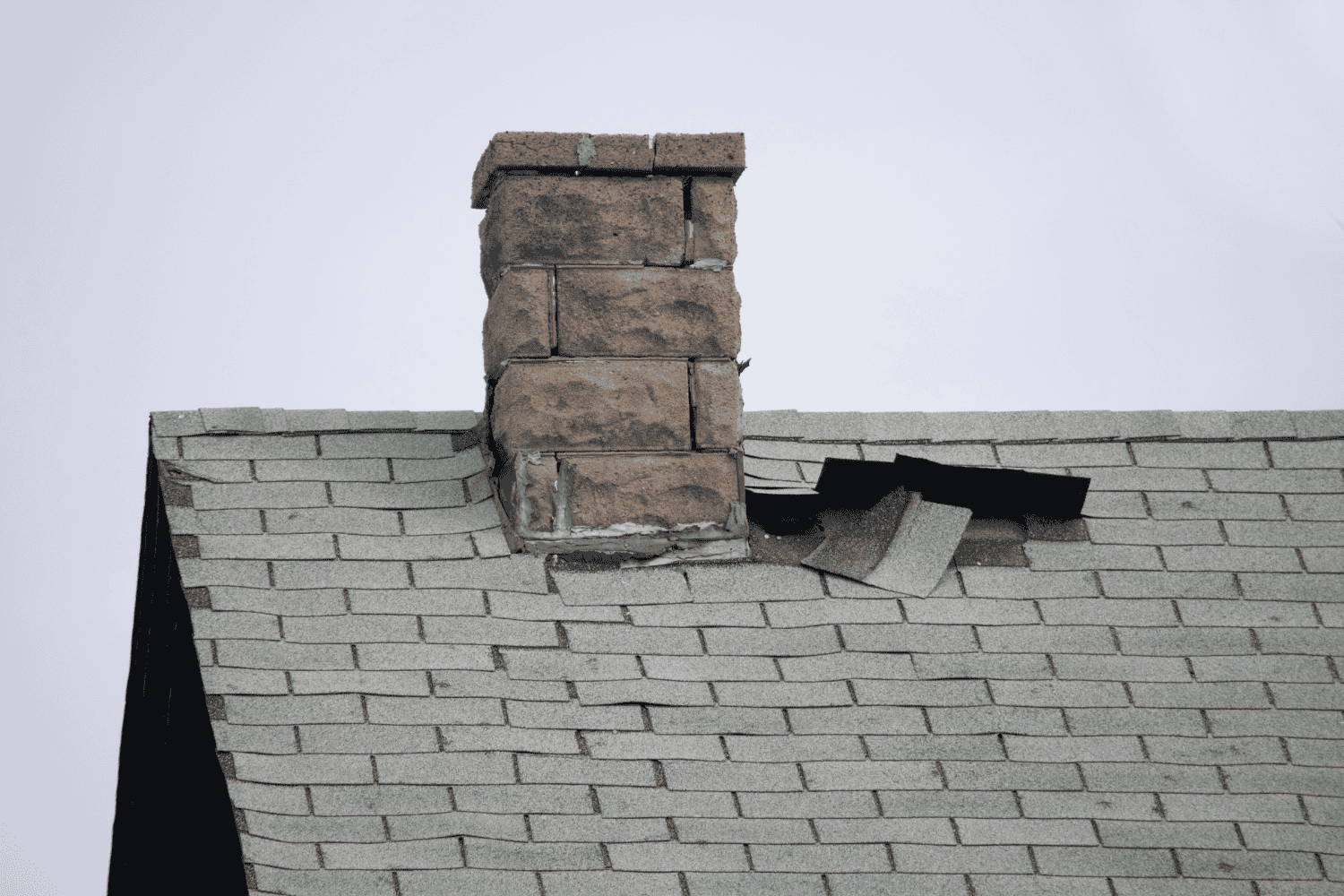
Understanding the common causes of roof leaks can help you prevent them in the future. Some of the most vulnerable areas include corners, roof valleys, and around chimneys where water often accumulates. Improperly installed flashing can cause significant water penetration if it becomes misaligned or damaged.
Blocked gutters from leaves or debris can lead to water buildup, contributing to roof leaks. Additionally, clogged gutters can cause ice damming when ice forms along the roof edges, preventing water from draining properly and leading to leaks when the ice melts.
Identifying these vulnerabilities early through regular inspections and maintenance can prevent leaks.
Weather-Related Damage
Weather conditions such as rain, snow, and extreme storms are significant contributors to roof leaks. Melting snow can reveal underlying leaks as water flows down. Extreme weather, like hurricanes or heavy storms, can severely damage roofing structures, causing leaks.
Debris such as leaves and twigs can trap water against the roof surface, making it more prone to leaks. Moss growth can also lead to leaks by lifting shingles and creating gaps. Post-storm inspections help identify and address potential leak sources early.
Improper Installation and Maintenance
Improper installation of roofing materials, such as defective flashing, is a common cause of roof leaks. Regular maintenance prevents issues from developing and worsening, thereby avoiding leaks. Aged roofing materials might show signs like brittle patches and crumbling, creating vulnerabilities if not addressed.
Missing or lifted shingles increase the risk of water absorption, leading to serious leaks. Professional roofers can prevent these issues and ensure your roof remains leak-free through regular maintenance and timely repairs.
Professional Roof Repair Solutions
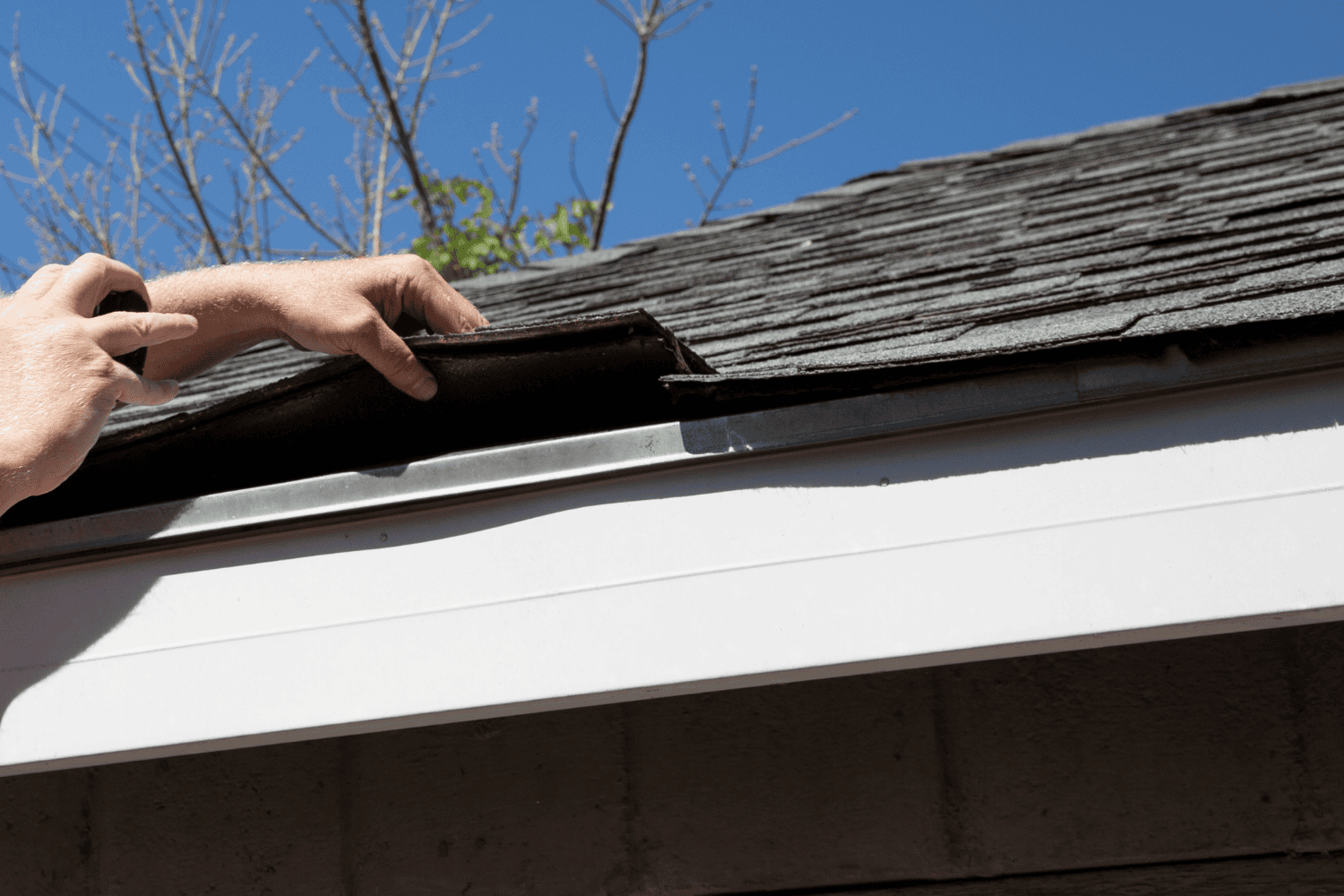
When it comes to roof repairs, hiring a professional roofing company is essential. Professionals have the expertise to diagnose the leak source and undertake necessary repairs or reconstruction. They use specialized materials and techniques to ensure effective and lasting repairs.
Delaying roof repairs can lead to further damage to your property. If you’re unable to repair the roof yourself, contacting a professional roofing service is advisable to prevent exacerbating the issue.
Assessing the Extent of Damage
Professional roofers conduct thorough evaluations to identify both visible and hidden impacts of roof leaks. Assessing roof damage ensures homeowner safety and prevents existing issues from worsening. Neglecting to properly assess roof damage can lead to severe structural problems and mold growth.
Hiring a professional roofer for comprehensive roof damage assessments and repairs ensures that all potential problems are addressed and the roof is restored to its optimal condition.
Repairing and Replacing Damaged Areas
Proper installation of roofing materials prevents leaks and maximizes their effectiveness. Professionals will repair and replace damaged areas using high-quality materials and correct techniques to ensure a lasting solution. Aged or compromised flashing is a frequent cause of leaking roofs, reducing their ability to effectively repel water.
Addressing these issues restores the roof’s integrity and prevents future leaks.
Preventative Measures to Avoid Future Leaks
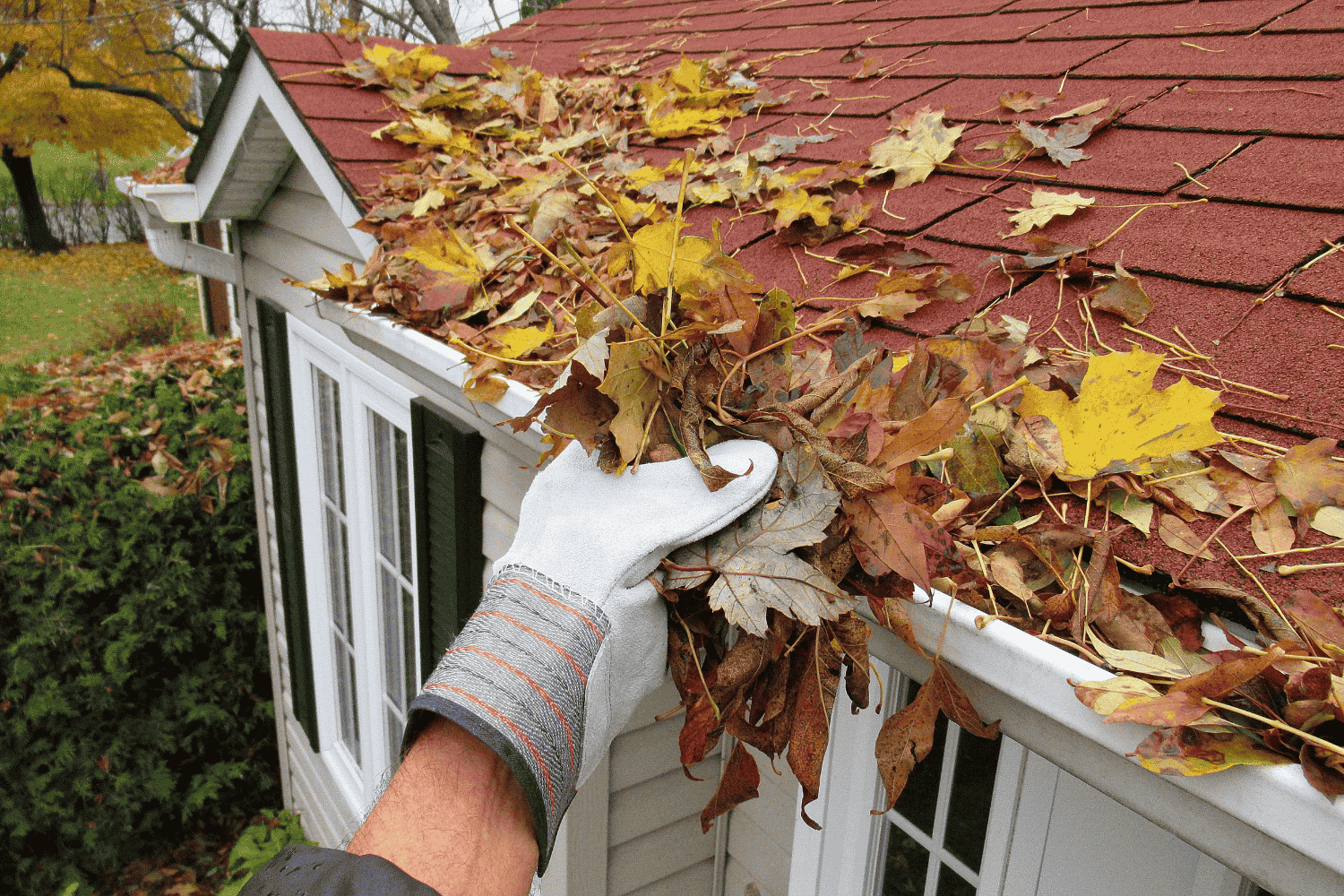
Taking preventative measures is key to avoiding future roof leaks. Regular maintenance and timely repairs can help identify and address potential vulnerabilities before they become major issues. A proactive approach can save homeowners time and money over time.
Additionally, upgrading to high-quality roofing materials can significantly reduce the risk of leaks and future repair costs. Professional roofing services offer guidance on the best materials and techniques to keep your roof leak-free.
Regular Inspections and Maintenance
Regular maintenance prevents leaks that arise from deteriorating roofing materials. Seasonal inspections should include checking for debris accumulation on the roof and in gutters, as clearing debris prevents water buildup and potential leaks.
Upgrading Roofing Materials
High-quality roofing materials reduce the likelihood of leaks and future repair costs. Proper installation ensures these materials perform effectively and prevent leaks. Durable roofing materials and correct installation can save homeowners time and money in the long run.
Professional roofing companies offer expert advice on the best materials and techniques to upgrade your new roof and prevent future leaks. A reliable roofing contractor can help ensure the job is done right.
Summary
In conclusion, addressing roof leaks quickly and effectively is crucial to protecting your home from extensive water damage and costly repairs. By identifying the source of the leak, implementing temporary fixes, understanding common causes, seeking professional repairs, and taking preventative measures, you can ensure your roof remains in top condition.
Remember, regular maintenance and timely upgrades are key to avoiding future leaks. Don’t wait for a small leak to become a major issue—take action today to safeguard your home.
Frequently Asked Questions
What should I do if my roof is leaking?
If your roof is leaking, start by removing any items in the way and collecting water to prevent further damage. Then, document the situation and contact a professional roofing company for repairs.
Is a small roof leak an emergency?
Yes, a small roof leak should be considered an emergency. Addressing it quickly can prevent further damage and costly repairs later on.
Is it normal for a roof to leak in heavy rain?
It is not normal for a roof to leak in heavy rain, as this indicates potential issues such as pooling water or inadequate drainage. Addressing these issues promptly can prevent further damage.
How do I identify the source of a roof leak?
To identify the source of a roof leak, inspect your attic for moisture or dark spots, and assess the exterior for damaged flashing and shingles. This thorough examination will help pinpoint the issue effectively.
What are some temporary fixes for a leaking roof?
A tarp or plastic sheet can effectively cover the damaged area to prevent further leakage, while containers can catch any dripping water. Implementing these temporary fixes can minimize water damage until permanent repairs are made.

